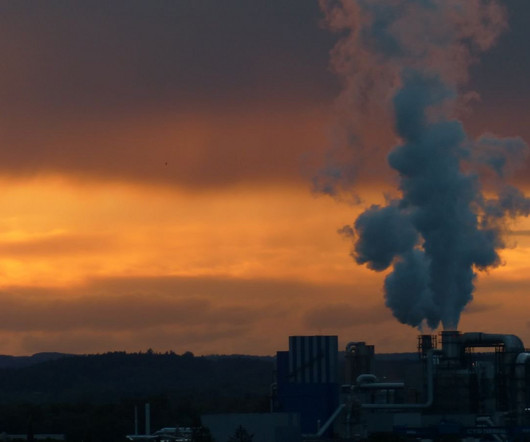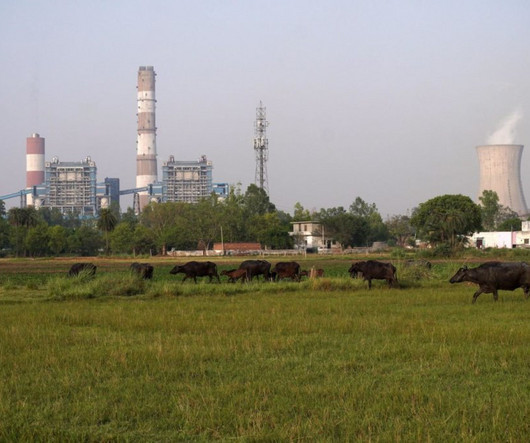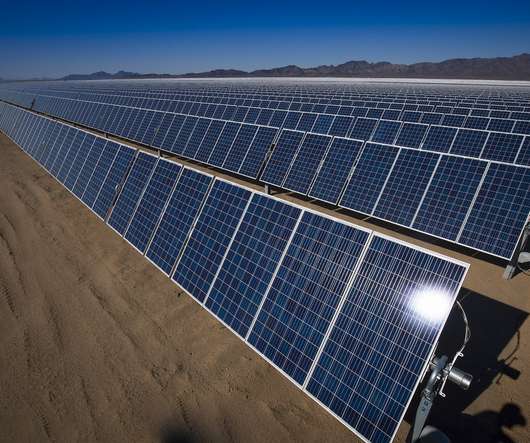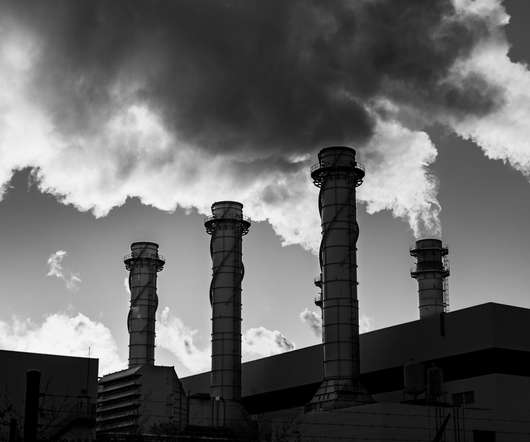Ask a Scientist: The US Has to Do More to Meet Its Carbon Emissions Reduction Goals
Union of Concerned Scientists
NOVEMBER 16, 2023
Under the 2015 Paris Agreement, the United States voluntarily pledged to reduce its global warming emissions at least 50 percent below their 2005 levels by the end of this decade and reach net-zero emissions no later than 2050. It also will save US consumers money because they will spend less on fossil fuels.



















Let's personalize your content